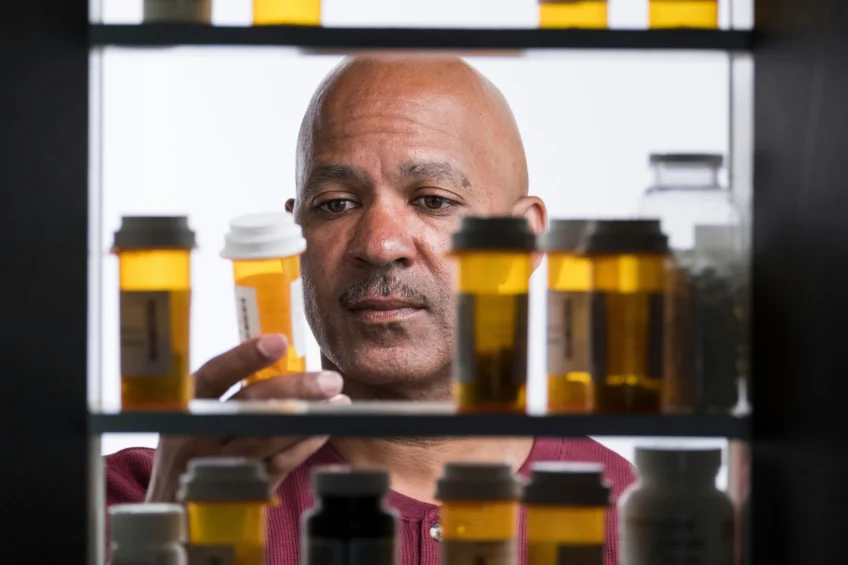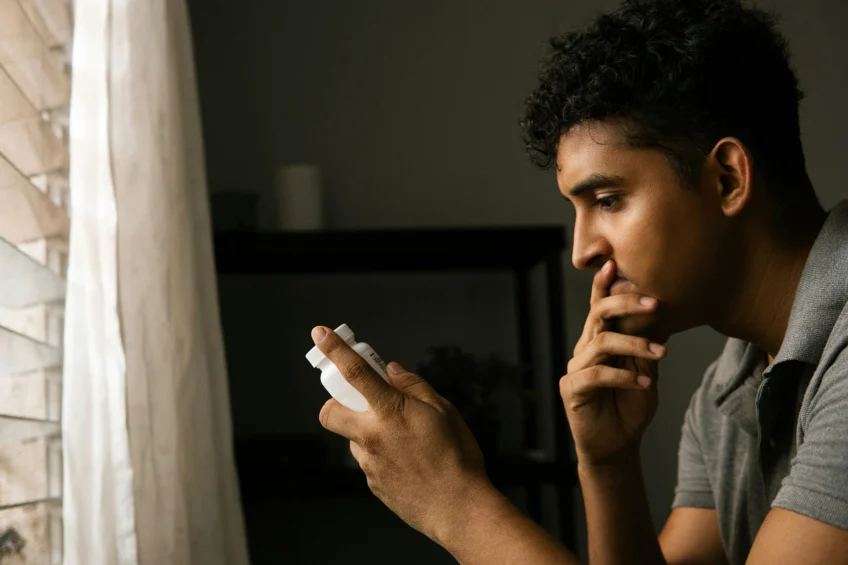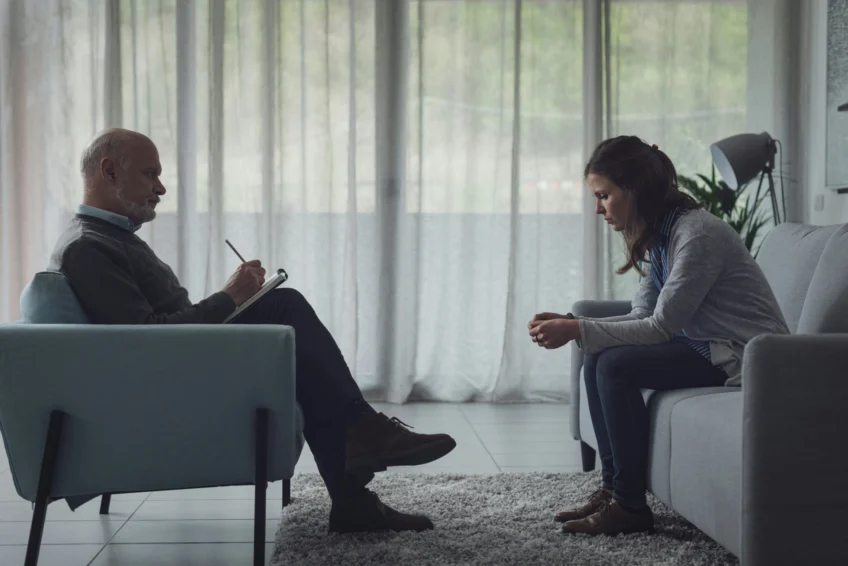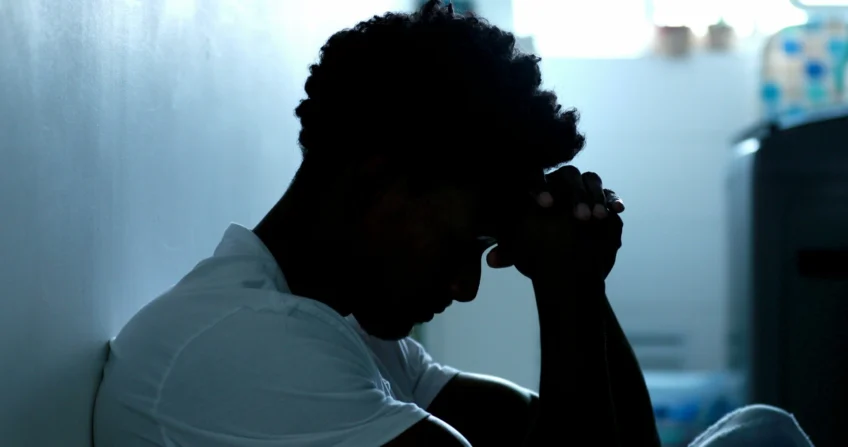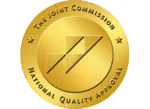Benzodiazepines are a type of medication that can be detected in the body for different amounts of time.
Many people are curious about how long opioids can be detected in the body, especially when facing drug tests or managing prescription medications.
Heroin is a drug that can be detected in the body for different lengths of time, depending on the type of test.
Imagine someone who has a job interview in the morning, but they had a drink with friends the night before.
Obsessive-compulsive disorder (OCD) is a mental health condition that affects millions of people in the United States.
In recent years, kratom has gained attention as both a natural supplement and a controversial substance. Some individuals use it for pain relief, mood enhancement, or energy, while others seek it as an alternative to opioids.
Substance abuse and homelessness in California are two of the state’s most urgent public health crises, and the two issues are deeply connected.
When it comes to substance abuse recovery, no two journeys look exactly alike.
Not all homelessness stems from economic hardship. In many cases, unresolved trauma lies beneath the surface.
International Overdose Awareness Day is a global event that honors the lives lost to drug overdose.

